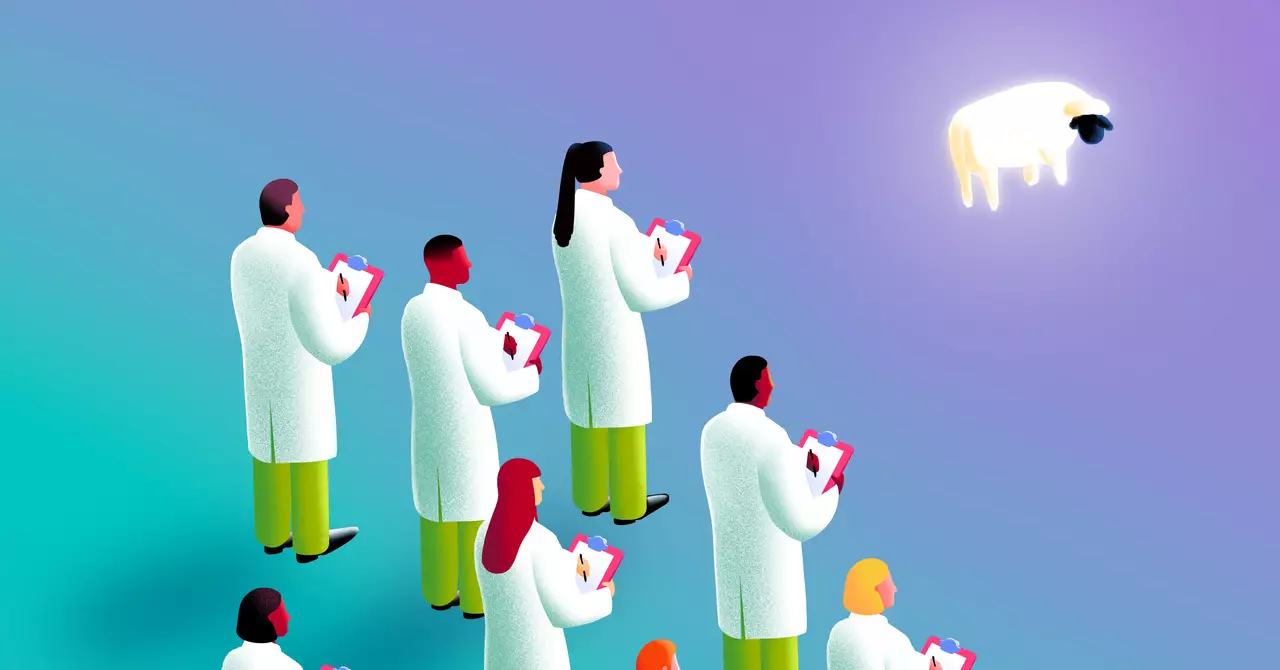As we approach the year 2025, the convergence of artificial intelligence (AI) and machine learning is set to uncover the enigmatic realm of animal communication. For centuries, humans have been captivated by the question of what animals might be expressing to one another. Recent initiatives, such as the Coller-Dolittle Prize, exemplify the growing optimism among scientists and researchers that our technological advancements are finally enabling us to decode these complex signals.
The Coller-Dolittle Prize, with its lucrative cash incentives, encourages researchers to develop methods that may unlock the intricate codes of animal communications. This initiative reflects a burgeoning belief that emerging tools in machine learning and natural language processing, including large language models (LLMs), may facilitate insights into animal communications previously thought to be beyond our reach. Research teams worldwide have dedicated countless hours to designing algorithms that examine the vocalizations of various species. For instance, Project Ceti aims to interpret the click patterns predominant in sperm whale communications and the melodious songs of humpback whales.
Traditionally, the task of understanding animal sounds has been hampered by a dearth of robust datasets. While AI enjoys vast repositories of human language—the training dataset for models like GPT-3 encompasses over 500 gigabytes—animal communication remains largely uncharted terrain. In stark contrast, sophisticated analyses like those undertaken by Project Ceti have only recently begun to scrape the surface with a meager 8,000 vocalizations. Despite these limitations, we are now on the cusp of transformative breakthroughs, thanks to advancements in AI.
One of the substantial challenges facing researchers has always been the availability of quality data. For years, scientists have struggled to amass sufficient high-quality recordings of animal sounds, which are crucial for training AI models. However, innovative technologies such as the AudioMoth—a low-cost automated recording device—have emerged, revolutionizing the way researchers gather auditory data. These devices can now be deployed in various habitats, allowing for continuous monitoring of wildlife vocalizations.
The ability to collect comprehensive datasets over extended periods means that researchers can finally analyze the complexities of animal sounds in a systematic manner. For example, AI-based algorithms utilizing convolutional neural networks can now efficiently sift through vast amounts of audio, isolating animal calls and categorizing them by their unique acoustic properties. This leap in technology paves the way for subsequent deep learning analyses that may reveal patterns and intricacies analogous to human language.
Though technological strides are promising, a crucial philosophical question arises: What is the end goal of our exploration into animal communication? Organizations like Interspecies.io advocate for the translation of animal signals into human-understandable language—a bold ambition. However, most in the scientific community argue that equating animal vocalizations directly to human linguistic constructs is misleading.
Evidence suggests that many non-human species may lack a structured language system akin to humans. The Coller-Dolittle Prize’s criteria focus on the more modest objective of interpreting these vocalizations rather than translating them outright. This nuanced distinction highlights an acknowledgment of the potential limitations in how much—if any—information can be gleaned from animal interactions.
The truth is that we still lack a comprehensive understanding of what animals convey through their vocalizations. While decoding animal sounds could reveal the richness of inter-species communication, it might also uncover the complexity of their emotional and behavioral lives.
By 2025, the understanding of animal communication could experience a significant renaissance. With the emergence of extensive datasets and sophisticated algorithms, the potential exists to glean unprecedented insights into the intricate worlds of vocalizations and social interactions among animals. Unlocking these secrets could not only illuminate the lives of animals but also allow humans to engage in a deeper, more empathetic dialogue with the non-human world.
As we look to the future, the prospect of advancing our understanding of animal communication carries profound implications for fields ranging from conservation to animal welfare. The innovative marriage of technology and biology presents an exhilarating opportunity for humanity to connect with creatures that share our planet. In doing so, we may ultimately uncover profound insights into both animal and human behavior, fostering a more harmonious coexistence.

